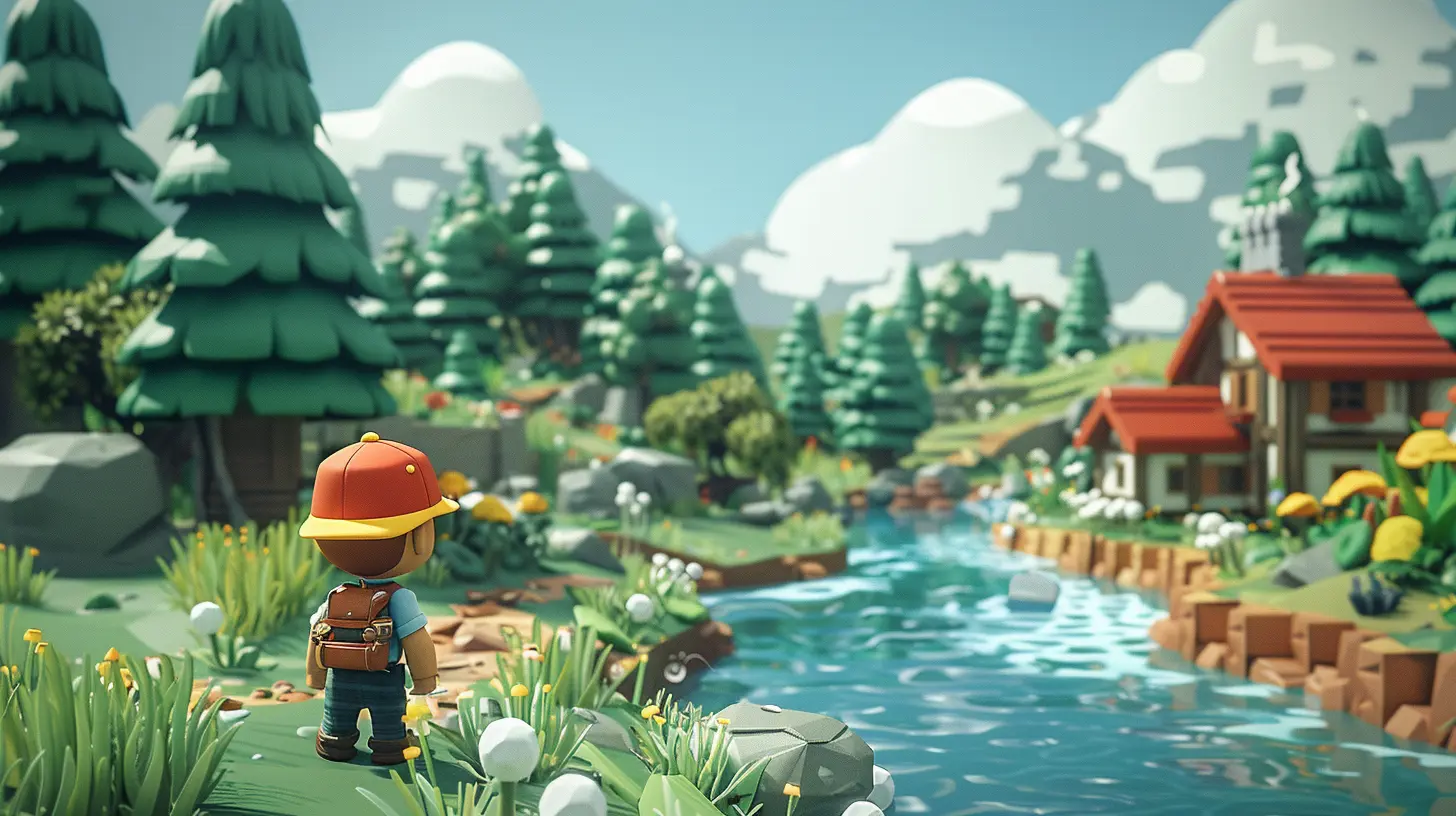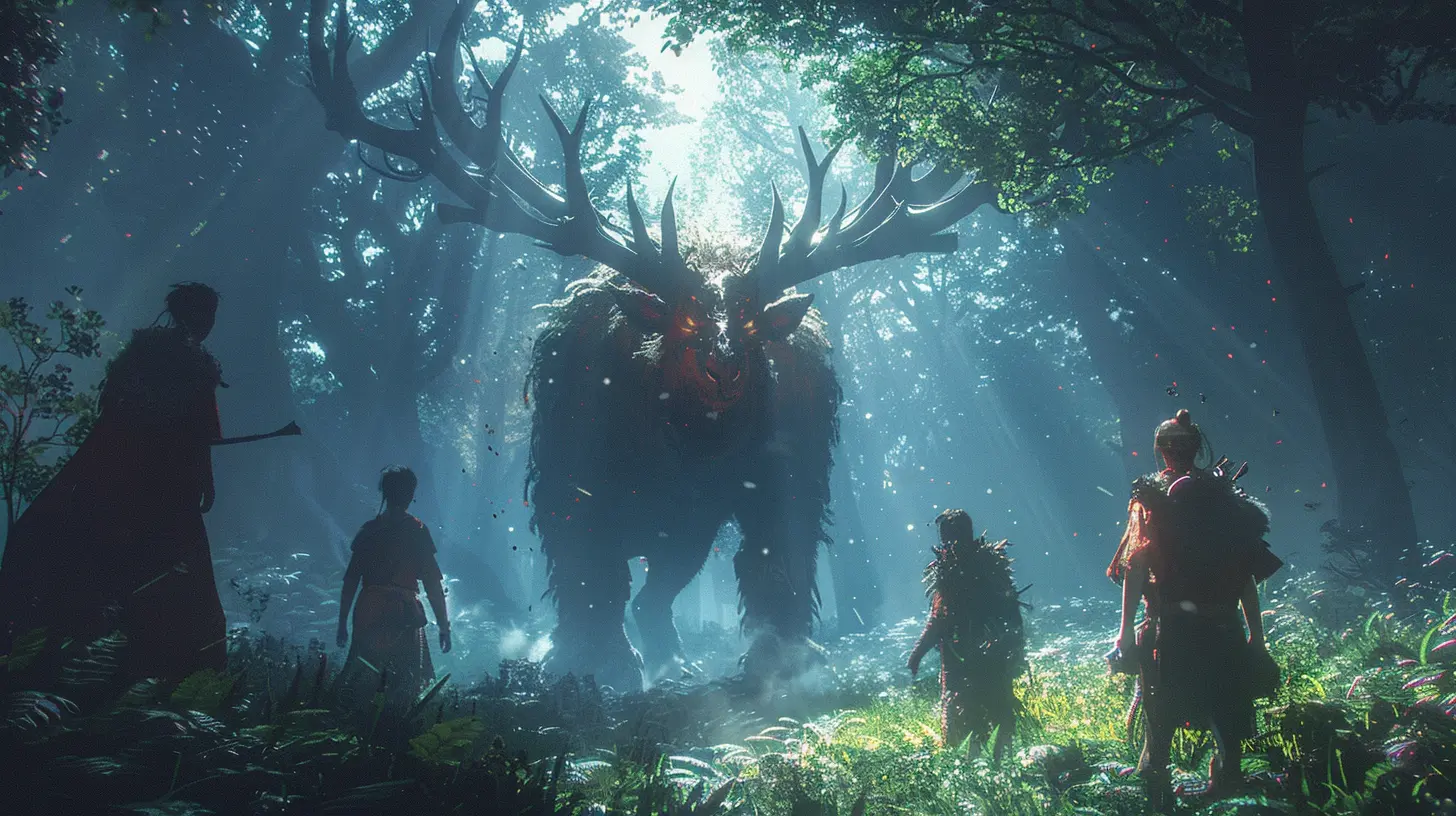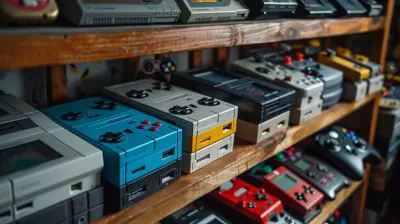Can Indie Games Compete Without Microtransactions in Today’s Market?
18 October 2025
Let’s be real—gaming today feels like walking into a modern-day casino. You know, except you’re not pulling slot machines but clicking buttons for loot boxes, skins, and XP boosts. Big-shot studios have normalized microtransactions so much that they’re now as standard as the credits at the end of your favorite indie film. But here’s the million-dollar question: Can indie games, the lovable underdogs of the gaming world, survive and thrive without jumping on the microtransaction bandwagon?
Spoiler alert: It’s complicated. So grab a snack, find a good chair, and let’s break it down.
What’s the Deal with Microtransactions Anyway?
First off, let’s set the stage. Microtransactions, for those who might not know, are those little (or not-so-little) in-game purchases. Whether it’s unlocking a shiny new sword, getting a swanky character skin, or fast-tracking progress, these transactions have become a financial staple in modern gaming.Big game publishers treat microtransactions like free donuts at the office—they’re everywhere, and they’re impossible to ignore. The reason’s obvious: they rake in the dough. Fortnite, for example, made billions off of cosmetics alone.
But indie games? They’re usually the quirky little cousins of these AAA giants. Instead of offering high-budget graphics and sprawling worlds, indie games thrive on creativity, storytelling, and innovation. Adding microtransactions feels…well, kind of off-brand. Like putting caviar on a PB&J.
So, how do they compete in a market where monetization often feels like the boss battle?
Why Indie Developers Avoid Microtransactions (And Should They?)
Indie games are built differently. They’re passion projects, crafted with love, sweat, and late-night caffeine binges. A lot of indie developers shy away from microtransactions for a few good reasons:1. It’s Against the Spirit of Indie Games
Indie games are often seen as the pure-hearted warriors in the gaming arena—fighting for artistry over profit. Microtransactions, on the other hand, scream "corporate." Tossing in a battle pass or pay-to-win mechanics could feel like selling out.Imagine paying for a color palette in Celeste—we don’t need that, and neither does the game. Indie games are usually about delivering a complete, cohesive experience in one package. Charging extra for little tidbits? It’s like charging for breathing air in a yoga class. Unnecessary.
2. They Don’t Have the Resources
Creating, managing, and maintaining microtransactions isn’t a walk in the park. It’s not just slapping a price tag on some virtual gear and calling it a day. You need servers, customer support, anti-fraud measures, and constant updates. For small teams with razor-thin budgets, it’s simply not realistic.3. Risk of Alienating Fans
Indie game fans are a passionate bunch. They rally behind these developers because they’re different. If their favorite indie studio suddenly slaps prices on cosmetic hats or extra lives, it might feel like betrayal. And let’s be honest, loyalty is hard to rebuild once lost.
Do Gamers Even Want Microtransactions in Indie Games?
Here’s the twist: most gamers don’t want microtransactions—especially in indie games. Shocking, right? According to a 2022 survey by Statista, a majority of players view microtransactions negatively, especially when it’s tied to pay-to-win mechanics.People play indie games for the charm. They want creativity, clever storytelling, and gameplay that sticks with them longer than their last paycheck. Microtransactions don’t fit that vibe. So, while AAA studios can get away with it (because they’re essentially printing money), indie games would run the risk of scaring away their core audience.
Think of it like a local pizza joint. You go there because they handcraft delicious pies that taste like heaven. If they suddenly started charging extra for cheese? Yeah, people would riot.
The No-Microtransaction Model: Indie Games That Nailed It
The beautiful thing about indie games is that they’ve already proven that success doesn’t hinge on microtransactions. How? By doing what they do best—being unique and delivering value. Let’s take a look at a few examples.1. Hollow Knight
Hollow Knight is a masterpiece. No microtransactions. No gimmicks. Just pure, unadulterated Metroidvania goodness. When it first dropped, it didn’t have a big marketing budget or flashy incentives. But through word of mouth and a dedicated fan base, it became a cult classic.The secret? Making a game so good that people can’t help but tell their friends about it. That’s the indie way, baby.
2. Stardew Valley
Need more proof? Look no further than Stardew Valley. This farming sim exploded onto the scene, captivating millions of players with its charm and depth. It was a one-time purchase, no hidden fees, no in-game stores. And guess what? It’s still selling like hotcakes.It’s the gaming equivalent of a homemade apple pie. It doesn’t need sprinkles or gold leaf—it’s perfect as is.
3. Undertale
Let’s not forget Undertale. It broke every gaming convention and managed to win gamers’ hearts in the process. One guy (yes, just one) made a game that not only became profitable but also became a cultural phenomenon. And he did it without charging you $2.99 for a Sans skin. Revolutionary, huh?The Indie Edge: How They Can Still Compete
If microtransactions aren’t the answer, how can indie games hold their own against the big sharks in the industry pool? The answer lies in what makes them special in the first place.1. Community Engagement
Indie developers have a unique ability to connect with their audience. Whether it’s through behind-the-scenes updates, engaging on social media, or listening to player feedback, they can build a loyal fan base that sticks with them. Gamers love when they feel like they’re part of the journey.2. Niche Markets
While AAA games try to appeal to everyone, indie games thrive in niche markets. Whether it’s a pixel-art dungeon crawler or a philosophical walking sim, they cater to audiences that mainstream games tend to overlook. Sometimes, being the quirky underdog is your biggest strength.3. Alternative Revenue Streams
Who says the only way to make money is through microtransactions? Many indie devs have found success through crowdfunding platforms like Kickstarter, selling merch, or even creating DLC expansions that offer real value, not just cosmetic extras.4. Make an Experience Worth Paying For
Let’s boil it all down: if your game is awesome, people will buy it. That’s the golden rule. Sure, you might not make a billion dollars in the first week, but longevity is a powerful thing. Great games stick around. Just ask Minecraft, which started as a little indie project before it took over the world.The Real Competition: Creativity vs. Convenience
Here’s the deal: indie games don’t have to compete with AAA games on their terms. Instead of giant open worlds or next-gen graphics, they offer something else—heart. Indie games remind us why we fell in love with gaming in the first place. They’re the warm hug we didn’t know we needed after a long day of being bombarded by season passes and limited-time offers.Can they compete without microtransactions? Heck yeah, they can. They just have to stay true to what makes them special. Because at the end of the day, gamers aren’t just wallets—they’re humans looking for memorable experiences. And indie games? They’ve got that in spades.
Final Thoughts
The gaming industry may be swimming in microtransaction money, but that doesn’t mean every game has to take a dip in that pool. Indie games have proven time and time again that they can shine without asking for your credit card details. Sure, it’s not always easy, but the payoff? Oh, it’s so worth it.So, the next time someone asks, “Can indie games compete without microtransactions?”—hit them with a confident, resounding yes. Because when it comes to gaming, heart and creativity will always win over wallets and flashy store menus.
all images in this post were generated using AI tools
Category:
In Game PurchasesAuthor:

Lana Johnson
Discussion
rate this article
1 comments
Whitney Williams
Absolutely! Indie games bring creativity and passion that can shine without microtransactions. Let's celebrate their unique charm! 🎮✨
October 24, 2025 at 2:39 PM

Lana Johnson
Absolutely! Indie games often thrive on creativity and authenticity, proving that innovation doesn't require microtransactions. Their charm is truly worth celebrating! 🎮✨


